The do-everything tactical fixed blade: It is the holy grail, of sorts, to some knife users, who want to find a single knife they can use for field tasks, self-defense, survival, bushcraft, and any other utility task (both anticipated and otherwise) that can arise. Otherwise sane men slam helpless sharpened knives into cinder blocks and baton them through thick slabs of wood in the vain attempt to prove that some knife, any knife, THIS knife, is “THE” knife for military, survival, and civilian utility purposes.
The reality is that, in skilled hands, any knife that is reasonably well made and whose design is reasonably thought out can serve this purpose. Design, however, still means something. Both the conception and the execution of a knife make it more or less useful for the “do everything” role of the tactical fixed blade. To evaluate one, then, you must ask yourself: If this were my knife, would it do everything I required of it?
Such was the question the staff of The Martialist asked of Alan and Donna Soellner, of ASL Tactical – Chisholm’s Trail. We first encountered Alan and Donna at the 2014 Blade Show in Atlanta, Georgia. They had with them a new knife and were launching a new aspect to their business with it. This is, specifically, a tactical fixed blade called the ASL 5 (“Recon Model”).
“We have been making high quality Old West and modern gun leather, Bowie knives, and knife sheaths for over ten years,” Alan told The Martialist. “Currently we produce over 50 different styles.” It was only recently, however, that Alan and Donna’s customers began asking for a “serious” tactical knife and a sheath to go with it. “We created an input design form and sent this out to many members of the Special Forces, including Green Berets, Navy SEALS, Marine Recon and Raiders, and Air Force Commandos,” explained Alan. “The data on these completed forms designed the look and statistics of this knife.”
The ASL 5 is a heavy drop-point tactical knife with canvas micarta handles and flush rivets with an ergonomic palm swell. There is a full guard with counter sunk holes for paracord. The knife also has a glass-breaker tip at the butt end (which also has a grommet hole). Overall blade length is 4-7/8 inches long by 1-1/2 inches wide and the total knife length is 10 ¼”. The overall weight is less than one pound (although the knife does indeed feel substantial in the hand). The cutting edge is flat ground.
Alan explains that the size of the knife was specifically chosen to keep it handy for field tasks and relatively legal for open carry across multiple locations (although no knife can be legal everywhere). The full guard was included to prevent injury during working and in combat. A powder coat was incorporated to protect the steel and reduce the potential for reflections in the field.
The Soellners offer both a Kydex “Shadow Sheath” and a leather “Assault Sheath.” Our sample came with the Kydex model and it is extremely well made. The knife can be extracted relatively easily, but it rides securely and locks into place positively, without rattling or shifting when sheathed. Everything is nicely rounded and the sheath exhibits very nice quality of workmanship. The marketing copy included with the knife claims there are 32 different possible carry positions (there are multiple pictures showing you different ways to mount the knife on your person). The leather Assault Sheath, which we did not evaluate, includes MOLLE grommets top and bottom with multiple methods for securing the blade in the sheath.
The knife itself proved a very able field tool. The blade incorporates a cord-cutting slot which I could not seem to use (it is not sharp). The nicely honed drop point blade speaks for itself, though, as does the extremely ergonomic handle. The canvas micarta provides good traction, while the contours of the handle have no hot spots. Extended use did not produce fatigue or blisters, even when hacking through two-by-fours with the knife. The pommel, likewise, produced deep dents in wood without any appreciable damage. The handle is quite thick, which will make it well suited for large hands. Users with smaller hands might find it a little chunky but still very usable.
The knife was used for a variety of farm and field chores, acquitting itself well in all cases. It hacked apart natural and processed wood, dug deep chunks from stumps, made kindling strips, and still cut vegetables cleanly afterward. There was no damage to the edge and it required very little touch-up sharpening even after these tasks.
As a fighting knife, the ASL 5 is heavy enough that it is not as quick as some models we’ve tested, but its strength makes a good tradeoff for the weight. I would not feel ill-equipped if this were the weapon I had for self-defense, especially if I were wearing the Kydex sheath concealed under clothing.
“Coming soon,” Alan Soellner promises, “will be tube attachments that allow for a diamond sharpening rod, a high grade file steel, or a small survival kit [to be carried on the sheath]. Each Kydex sheath comes with an additional Malice clip for securing to MOLLE strips on gear. The black grommets allow paracord to be laced through them to attach to most other items.”
This is an excellent knife. I used it confidently for any number of utility tasks without worrying that it would fail or that I would otherwise damage it. The market is — perhaps to the knife user’s delight — glutted with tactical fixed blades, many of which will do if they are all you have. The ASL 5 is a knife you could (and I would) gladly choose for daily carry in the field or on the street. It deserves consideration on that basis.
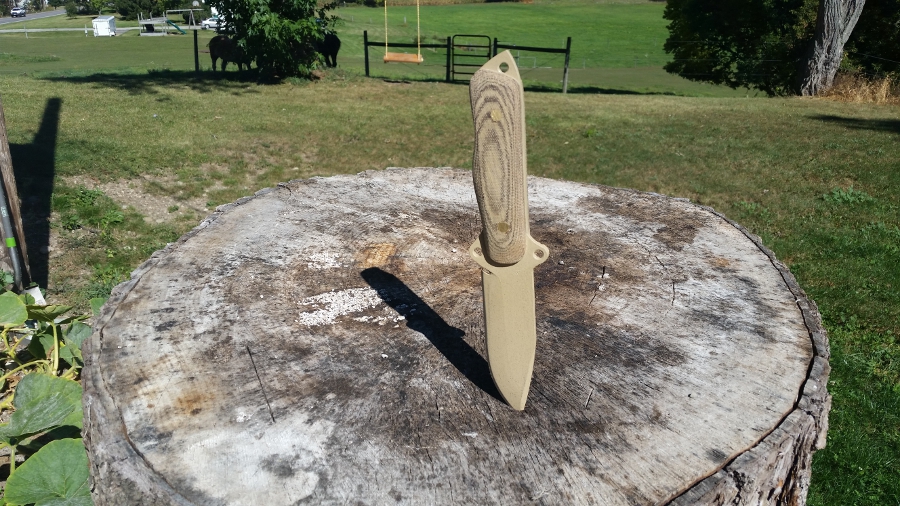

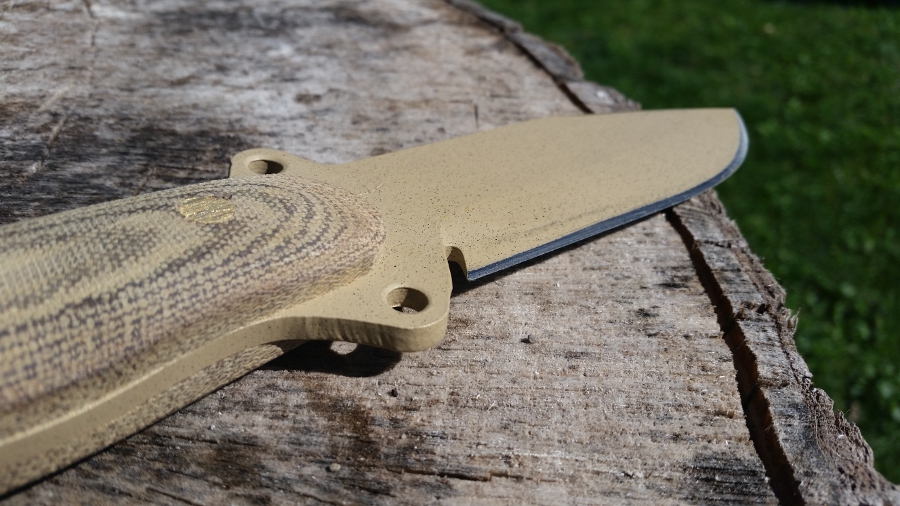
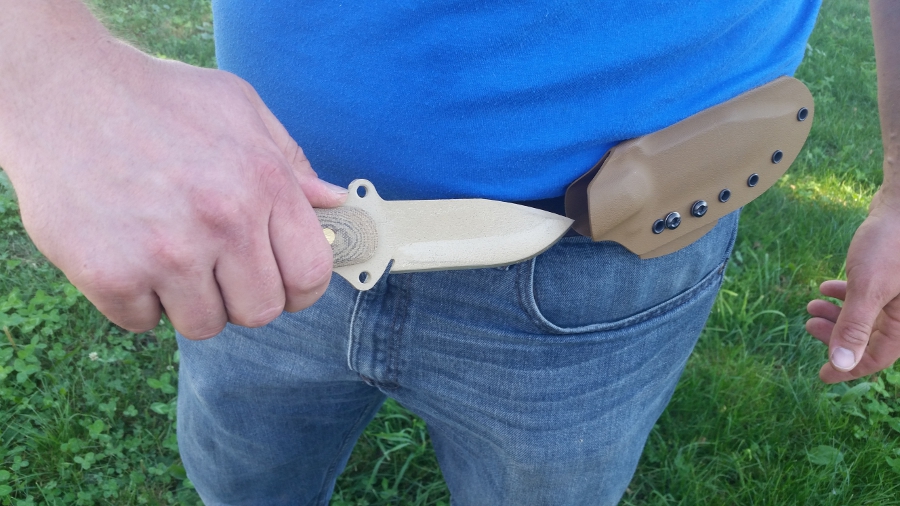

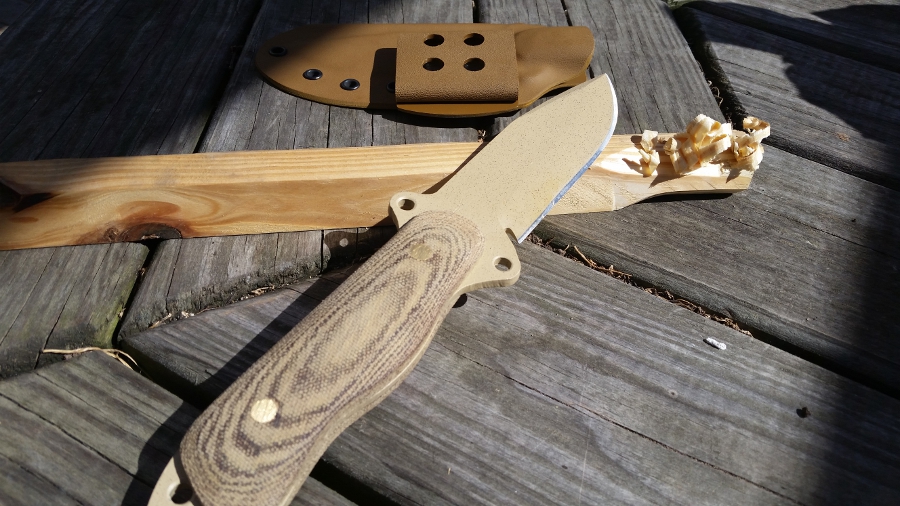

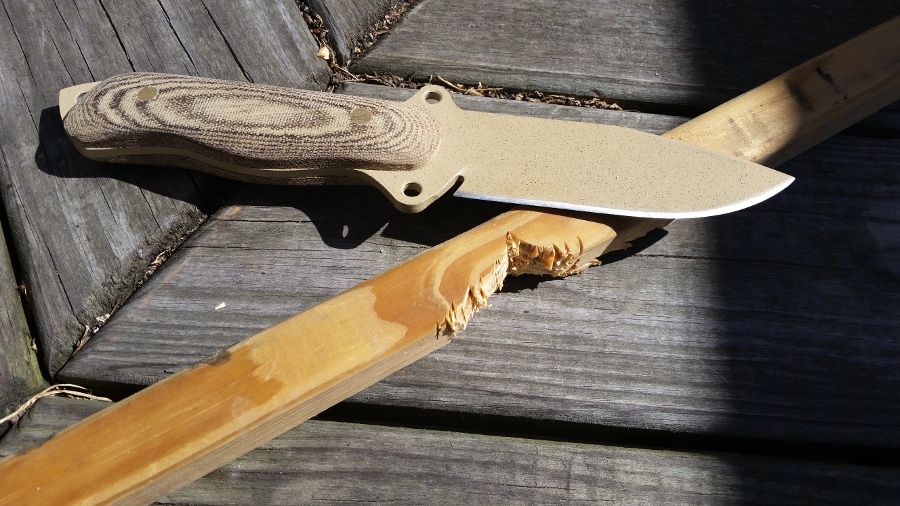
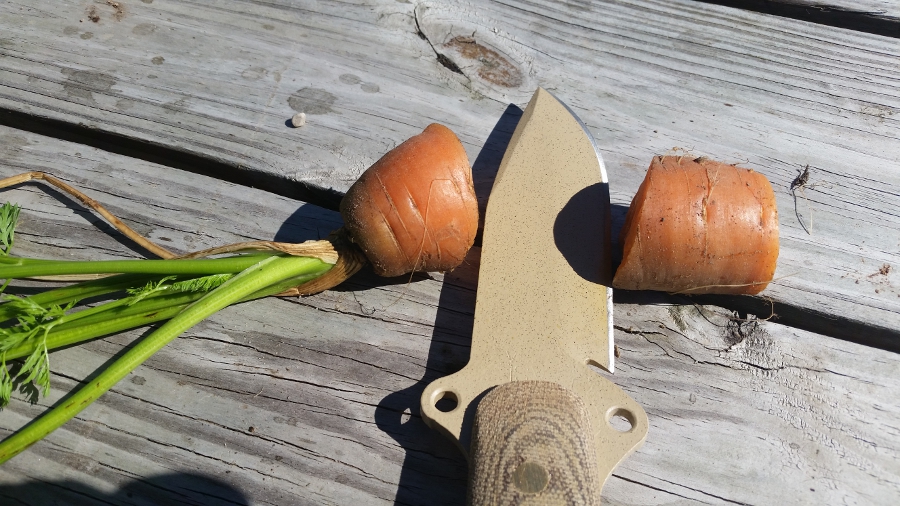
Am interested in the navy seal asl-5 tactical knife. It is the only knife needed for hunting or camping.
Great knife for everything